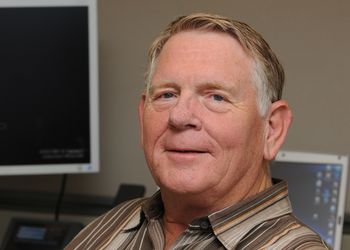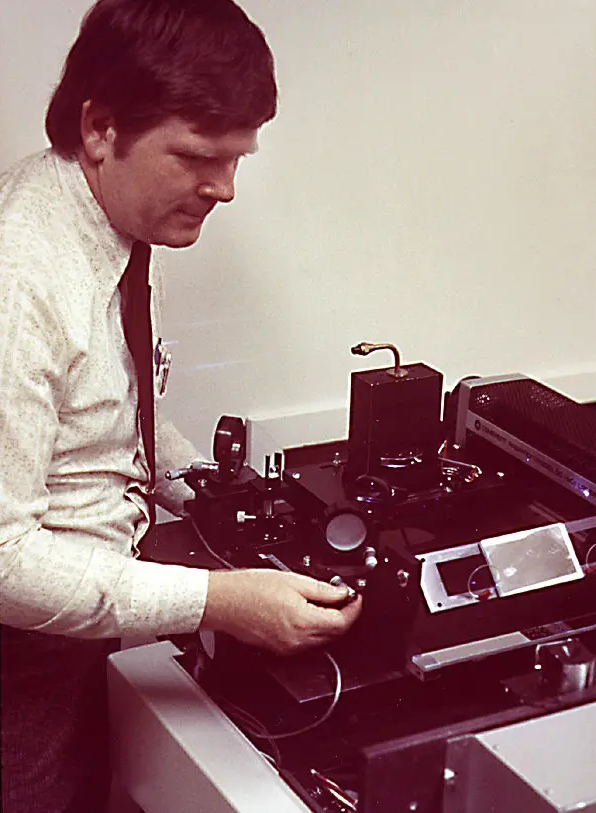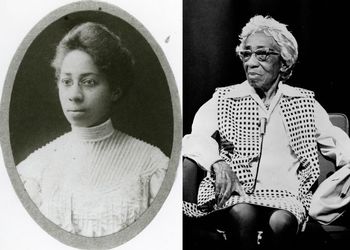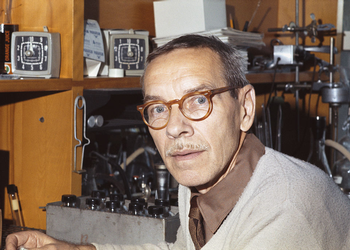Visionary, inventor and Oscar winner

Although Johannes Gutenberg invented printing, MSU alum Gary Starkweather, ’60, made it fast and affordable. He pioneered digital color and printing, shaping the world we live in today.
Born and raised in Lansing, MI, Starkweather showed affection for engineering since childhood. His passion for science and the proximity of the MSU campus predetermined his further life. He not only received a bachelor’s degree in physics from the College of Natural Science at Michigan State University but also married another Spartan —Joyce Attard.
After getting his M.S. from the University of Rochester and a stint at a lens production company, the promising engineer joined Xerox to focus on image technologies. During his time there, he conceived the concept of a device that could print images with the help of lasers. Despite objections from his boss, Starkweather persisted and continued to develop the idea.

laser printer, the early 1970s.
Photo credit: PARC
He joined Xerox Palo Alto Research Center in 1970 and within nine months designed his first laser printer that could print two pages per second. Over the course of 13 years, mass-market laser printers were introduced, bringing the power of printing to almost anyone.
Color management was another revolutionary invention by Starkweather. This innovation ensured that colors appeared as intended across various platforms: monitors, screens, cameras, scanners and offset presses.
Starkweather’s expertise in color technology led to his involvement in the digital effects production for the original Star Wars movie. Additionally, he successfully converted a film strip into a digital format to facilitate further editing. His impressive contributions earned him an Oscar for Technical Achievement in 1994 and a spot in the National Inventors Hall of Fame in 2012.
Millions of pages are printed and displayed on screens every day thanks to the legacy of Gary Starkweather. Though, all he ever wanted was to make something useful. He made more than that – he made history.



